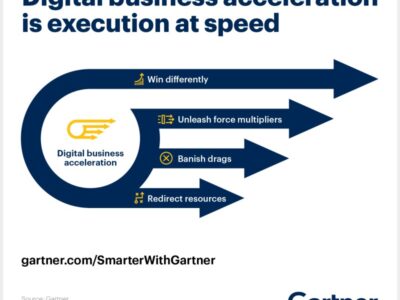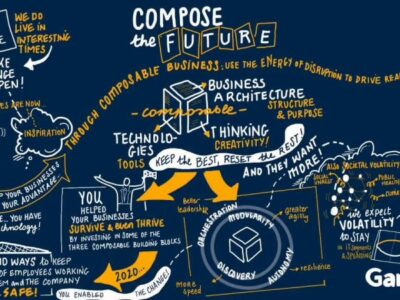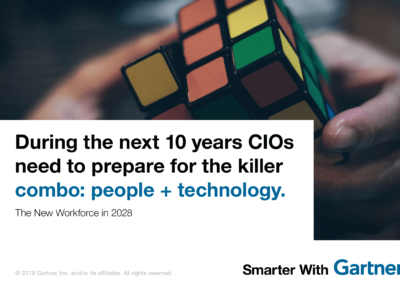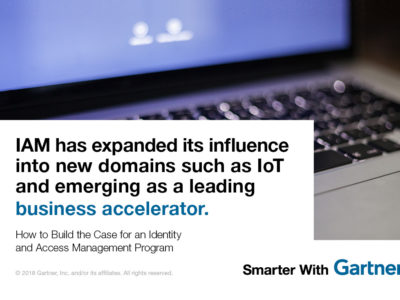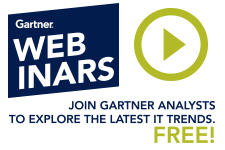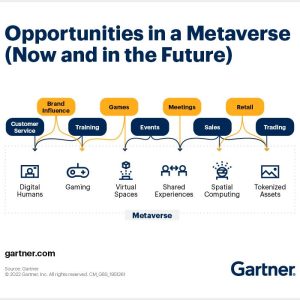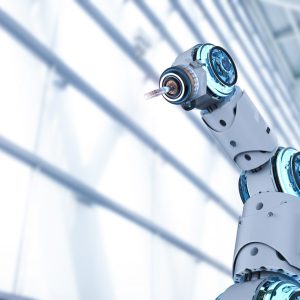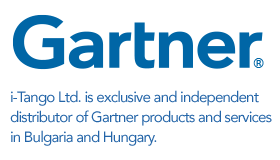Public sector CIOs are automating and augmenting processes with digital devices and technologies to help government adapt to societal and technology pressures.
Contributor: Susan Moore
Technology-driven job losses or displacements are creating pressure on government. At the same time, technology proliferation will enable government departments to autonomously develop or purchase IT services and solutions to address this conundrum.
Take smart machines for example. As they become increasingly capable, smart machines will become viable alternatives to human workers under certain circumstances. That will have repercussions for businesses in all industries and create pressure on government services revolving around unemployment and re-employment.
Gartner predicts that by 2020, more than 80 percent of CIOs in social services, education and labor departments will lead efforts to cope with technology-driven job loss.
“The good news is that digital government can leverage these same technologies to deal more effectively with the emerging challenges,” said Jeff Vining, research vice president at Gartner. “Given digital assistance, many educational, social service and other personnel will be able to provide services that were previously considered too expensive, or limited, due to a lack of specialists.”
Mr. Vining examined how governments are evolving in the digital era during Gartner Symposium/ITxpo, taking place in Dubai, March 1-3. He said that the rise of digital assistance in government will be rapid.
By 2018, more than 50 percent of the Tier 1 support services at government contact centers will be provided by virtual personal assistants.
Such avatars can tirelessly act as a citizen’s personal agent, ensure program performance metrics are met by navigating regulatory requirements, and negotiating other barriers until the request is fulfilled.
At the same time, encouraging employees to have greater input in the role of smart machines can help alleviate some of the anxiety that smart machines can provoke in the workplace, as well as develop tolerance for accuracy, reliability and privacy.
To ensure governments foster a culture of workforce-led innovation, the formulation and adoption of bring your own algorithm (BYO algo) policies in government will help address the competitive disadvantage that public-sector employers often face in the quest to recruit top talent.
By 2018, more than 25 percent of government agencies will adopt ‘BYO algo’ policies to integrate multiple layers of knowledge to boost workforce-led innovation.
“Just as some brick-and-mortar trades expect skilled craftspeople to bring their own tools to work, tomorrow’s knowledge workers will assemble and utilize their own virtual toolkits that include a wide variety of computer algorithms and analytic techniques,” Mr. Vining said.
The term “algorithm” is used here in the broadest sense to describe a set of problem-solving operations applied by humans, with the aid of personally developed algorithms, and algorithms embedded in commercial software and smart machines. Ultimately, government employers will offer monetary incentives to employees to place their personal algorithms in the public domain as a means to generate more choice and reuse.
Another opportunity lies in wearable devices, which will offer a wide range of new opportunities for governments to engage citizens and employees, and will create innovative experiences and digital offerings.
By 2018, deployment of wearable devices and technologies managed by IT will increase by more than 25 percent in local government.
“The wearable era for government is just beginning, with widespread adoption of body-worn cameras. But soon, we expect increasing penetration of wearable devices such as bracelets, smartwatches, clothing, wireless headsets, glasses, medical/fitness devices and even pet sensors,” Mr. Vining said.
These multiple endpoints will connect to the IoT ecosystem of networks of physical objects enabled to communicate, sense or interact with one another in roads, bridges, tunnels, fleet vehicles and drones, field service areas, public spaces, train stations, airports, schools, and other government buildings.
Gartner clients can read more in the report ‘Predicts 2016: Government Continues to Adapt to the Digital Era’.
Gartner Symposium/ITxpo is the world’s most important gathering of CIOs and other senior IT executives. IT executives rely on these events to gain insight into how their organizations can use IT to overcome business challenges and improve operational efficiency.
For more articles visit Smarter With Gartner Website.


